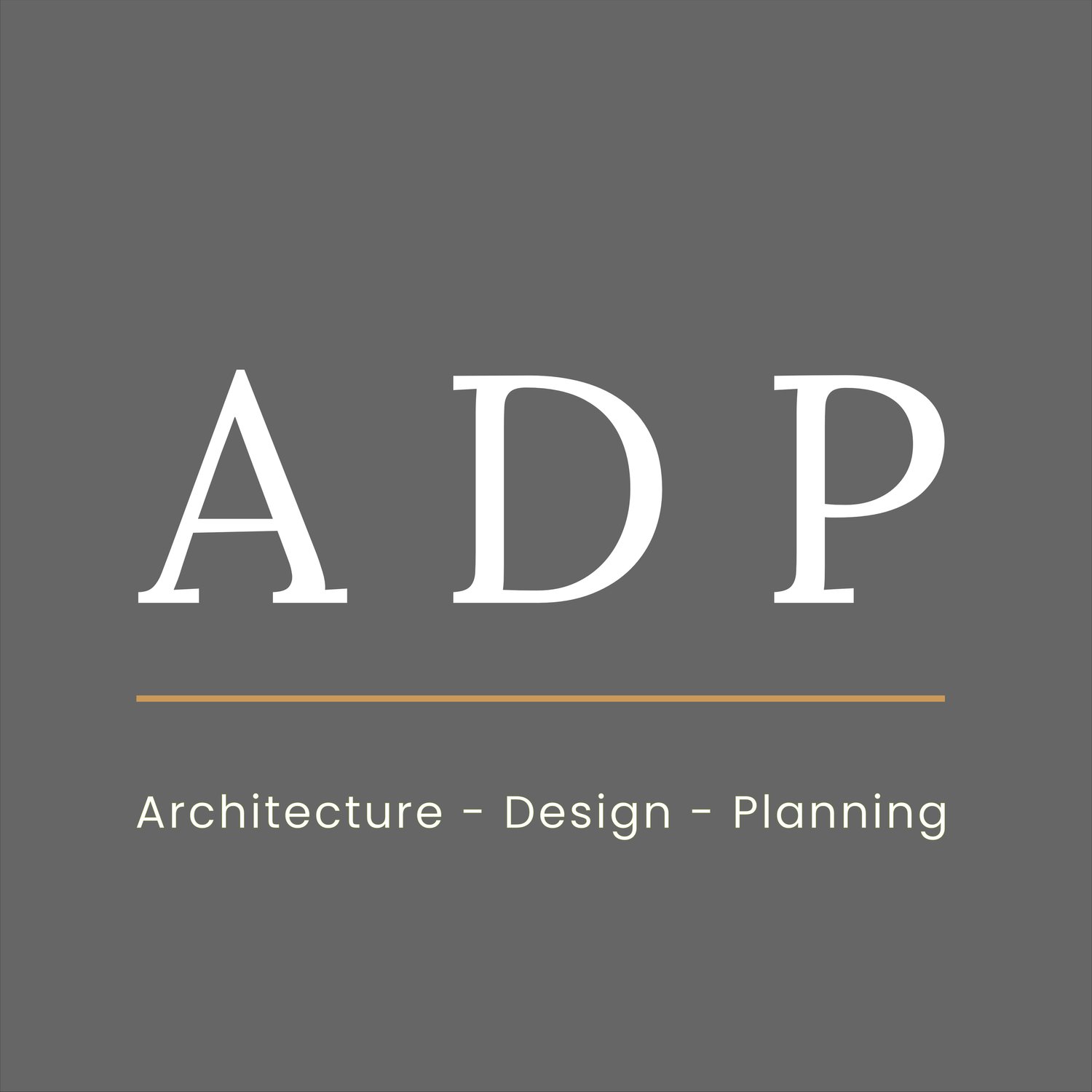Change of Use of Barn to Create a New Dwelling
We are delighted to have secured planning permission for the change of use of a barn in Colchester, Essex to a new dwelling.
The existing barn had an extant planning permission for the conversion to a granny annexe, which has been commenced but not implemented. Colchester City Council has been reluctant to allow new dwelling in this location, but we put forward a robust case and they subsequently approved the scheme.
Barn Conversions and Planning System
Securing planning permission for the change of use of a barn to residential use can be challenging, as local planning authorities place, often unnecessarily, obstacles in the way, and seek to resist such proposals.
The Government recognised this a number of years ago by introducing the Class Q prior notification process that allows the change of use of a barn to residential use in certain circumstances.
However, there are still a number of scenarios where the Class Q process is not applicable, and in such cases, the proposed scheme needs to be demonstrated to be compliant with local planning policy or any other material planning considerations.
This scenario occurred for a project we were working on in rural Colchester. Our client had a Listed barn building that they used as an outbuilding for residential storage. This barn building was not considered to be in agricultural use and given its Listed status, did not fall within Class Q.
The Planning Approach
The site had extant planning permission for the conversion to a granny annexe, which has been commenced but not implemented. Originally, our client wanted a new dwelling, but the Council had said they would only allow a granny annex at this location as the site is within a rural location, where their local planning policies resisted any dwellings in such a location.
We were subsequently approached, as our client did not have any need for a granny annex, and instead wanted to convert the barn to an independent residential dwelling.
We developed a strong planning case that sought to demonstrate that sufficient material considerations existed in this case to justify the development. These included:
The Building’s Character – We pointed out that the principle of the change of use and conversion of the existing barn to residential accommodation was established under the granny annex planning permission. We also highlighted that the building was physically separated from the main dwelling and outside of its curtilage. Therefore, the character and function of the building would not change from that permitted, as the new permission would also create a large self-contained building.
National Planning Policy – We draw attention to national planning policy, specifically where it encourages the conversion of existing buildings and noting the exceptions that allow isolated new dwellings in the countryside, which includes development that would re-use redundant or disused buildings.
At first the Council maintained their resistance to the creation of a new dwelling at this location, but we are pleased that through our persuasion, and presentation of the materials planning considerations, their opinion changed and they approved the change of use.
We are now looking forward to seeing this barn after its has been converted into a residential dwelling.
Are you planning a barn conversion project?
Do you have a building within a rural area that may potential for conversion? Please contact us via mail@adpltd.co.uk or use the form below, to see how we can assist with your planning application.


